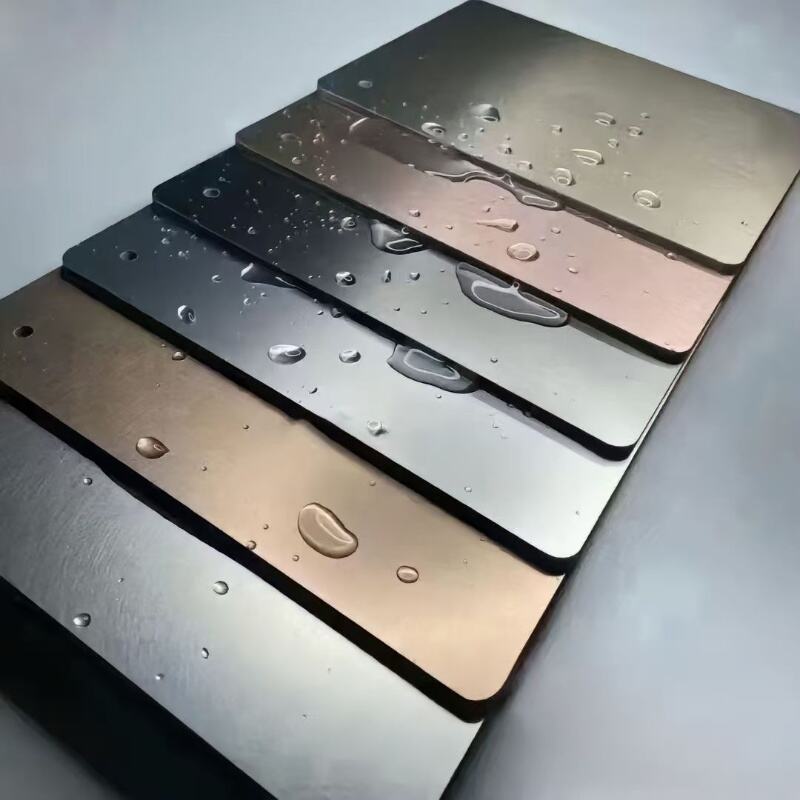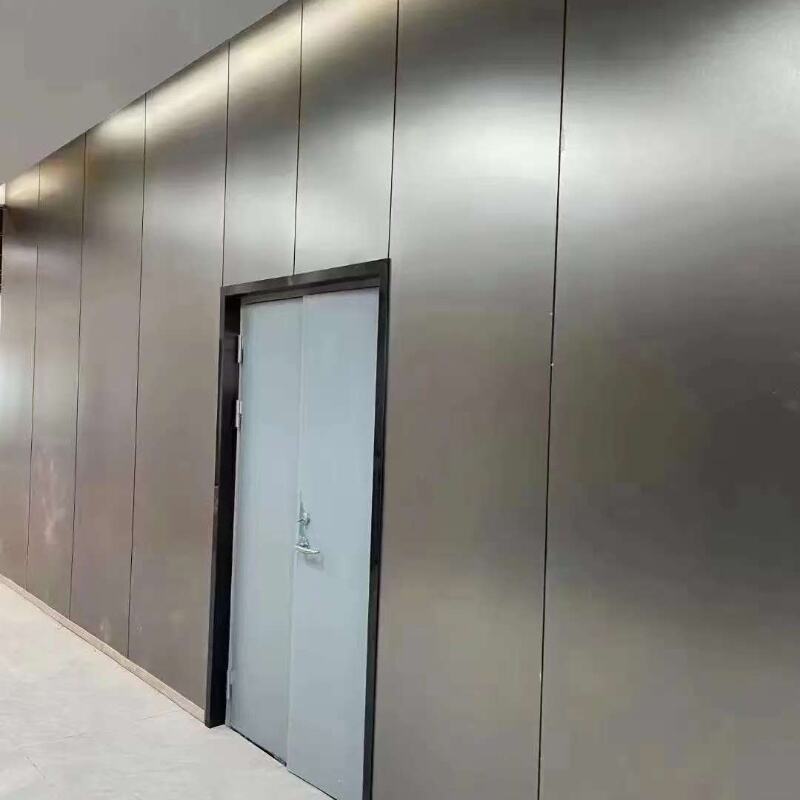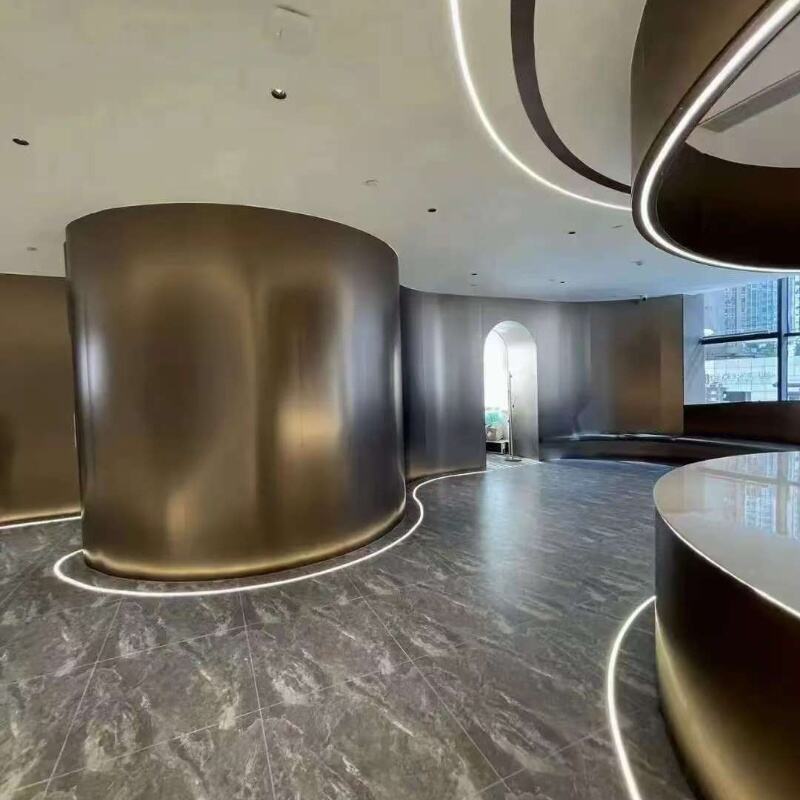Eco friendly bamboo veneer represents a sustainable and aesthetically versatile alternative to traditional wood veneers, leveraging bamboo’s rapid growth and renewable properties to meet the demands of environmentally conscious design. Bamboo, a grass rather than a tree, matures in 3–5 years (compared to 20–50 years for hardwoods), making it a highly renewable resource that minimizes deforestation. This rapid growth, combined with its ability to regenerate from the same root system after harvesting, positions bamboo veneer as a cornerstone of sustainable interior design. The production process of eco friendly bamboo veneer prioritizes environmental responsibility. Manufacturers use low VOC adhesives and non toxic finishes to avoid harmful emissions, ensuring the veneer meets strict indoor air quality standards (such as GREENGUARD or FSC certification). Many producers also implement water based treatments and energy efficient manufacturing techniques, reducing the carbon footprint associated with production. Unlike some wood veneers, which often involve clear cutting, bamboo harvesting is selective, preserving ecosystems and supporting biodiversity. Aesthetically, bamboo veneer offers unique visual appeal. It features a distinctive grain pattern—straight, uniform, and with subtle variations—that adds a contemporary, organic touch to spaces. Available in natural tones (pale yellow to golden brown) or dyed options (black, gray, or vibrant hues), it complements diverse design styles, from minimalist to tropical. The veneer can be sliced thin (0.2mm–0.5mm) to cover large surfaces, including furniture, cabinetry, walls, or doors, providing a consistent, high end finish. Its smooth texture and ability to take stains or lacquers further enhance its versatility, allowing customization to match specific design visions. Beyond sustainability and aesthetics, bamboo veneer delivers practical performance. Bamboo’s natural density gives the veneer excellent strength and durability, resisting scratches, warping, and moisture better than some hardwood veneers. This makes it suitable for high traffic areas like kitchens, offices, or retail spaces, where durability is key. It also offers good dimensional stability, maintaining its shape in varying humidity levels—a valuable trait in regions with fluctuating climates. By combining renewable sourcing, low environmental impact, and functional beauty, eco friendly bamboo veneer appeals to designers, architects, and homeowners seeking to balance style with sustainability. It proves that responsible design choices do not require sacrificing aesthetics, offering a viable path toward more environmentally conscious interiors.



Copyright © 2025 by Shandong Falading New Decoration Material Co., Ltd. | Privacy policy